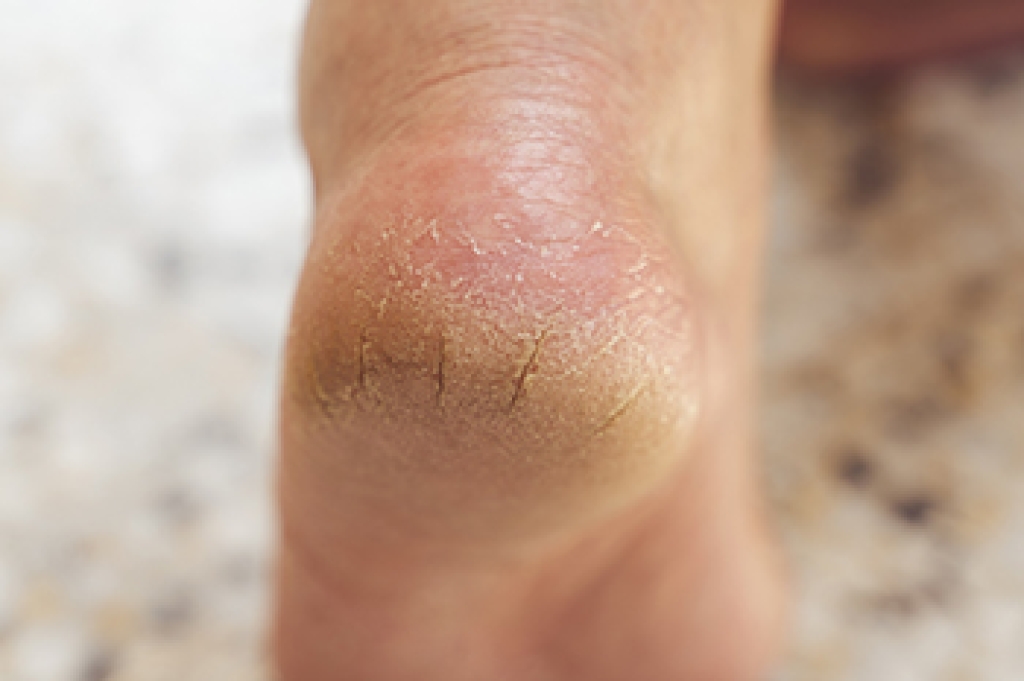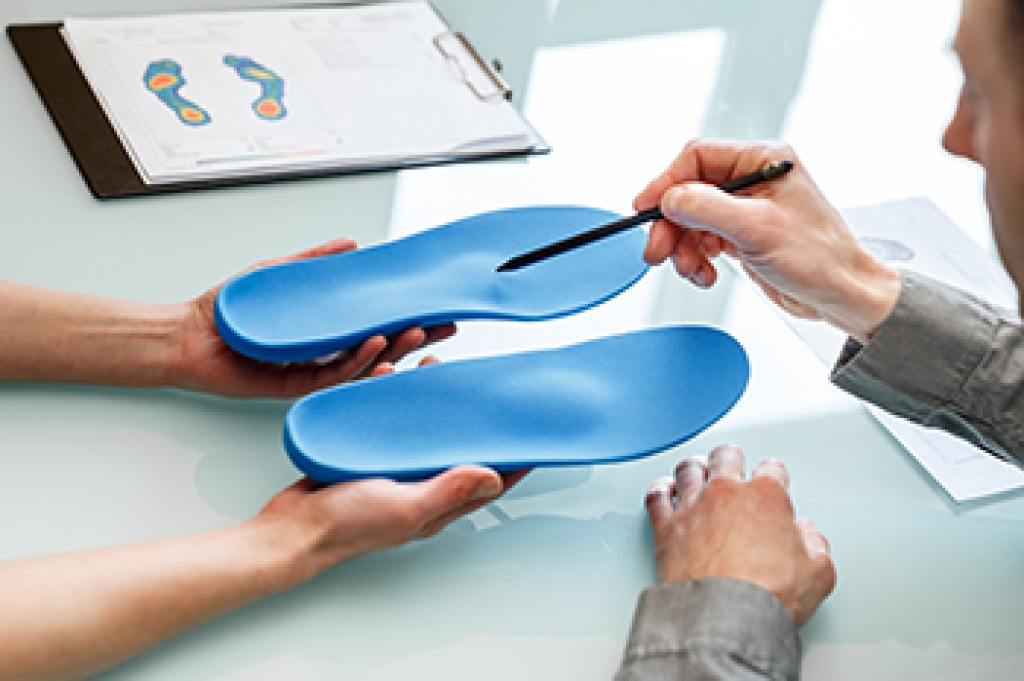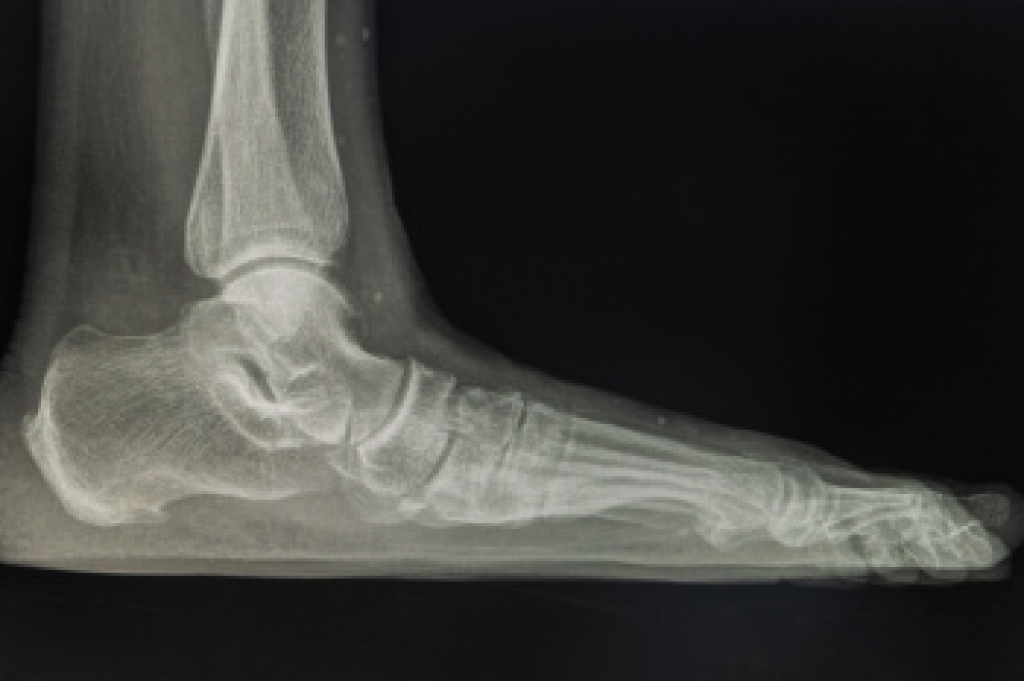
Cracked heels become a common concern during winter due to several factors that contribute to dryness and skin damage. Indoor heating systems create a dry environment that reduces moisture in the skin, leading to increased roughness and cracks. Many individuals also neglect proper hydration during colder months, which can cause the skin to become less supple and more prone to fissures. Wearing hard-soled shoes without adequate cushioning places excessive pressure on the heels, further aggravating the problem. Additionally, nutritional deficiencies, particularly a lack of essential vitamins and minerals such as vitamin E, zinc, and omega fatty acids, can weaken the skin barrier and impair healing. Cracked heels can be painful, causing difficulty in completing daily activities. If you have developed this condition, it is suggested that you consult a podiatrist who can offer effective treatment remedies, which may include prescription medicine.
Cracked heels are unsightly and can cause further damage to your shoes and feet. If you have any concerns, contact one of our podiatrists from Manhattan Footcare. Our doctors can provide the care you need to keep you pain-free and on your feet.
Cracked Heels
Cracked heels appear unappealing and can make it harder for you walk around in sandals. Aside from looking unpleasant, cracked heels can also tear stockings, socks, and wear out your shoes. There are several methods to help restore a cracked heel and prevent further damage.
How Do You Get Them?
Dry skin is the number one culprit in creating cracked heels. Many athletes, walkers, joggers, and even swimmers suffer from cracked heels. Age and skin oil production play a role to getting cracked heels as well.
Promote Healing
Over the counter medicines can help, especially for those that need instant relief or who suffer from chronic dry feet.
Wear Socks – Wearing socks with medicated creams helps lock in moisture.
Moisturizers – Applying both day and night will help alleviate dryness which causes cracking.
Pumice Stones – These exfoliate and remove dead skin, which allows for smoother moisturizer application and better absorption into the skin.
Change in Diet
Eating healthy with a well-balanced diet will give the skin a fresh and radiant look. Your body responds to the kinds of food you ingest. Omega-3 fatty acids and zinc supplements can also revitalize skin tissue.
Most importantly, seek professional help if unsure how to proceed in treating cracked heels. A podiatrist will help you with any questions or information needed.
If you have any questions, please feel free to contact our offices located in Manhattan and Brooklyn, NY . We offer the newest diagnostic and treatment technologies for all your foot care needs.





